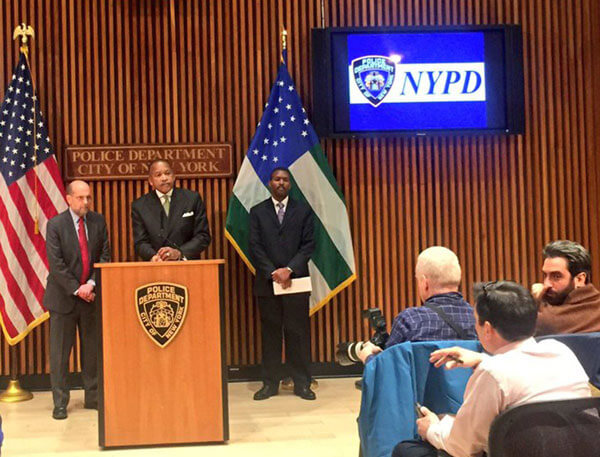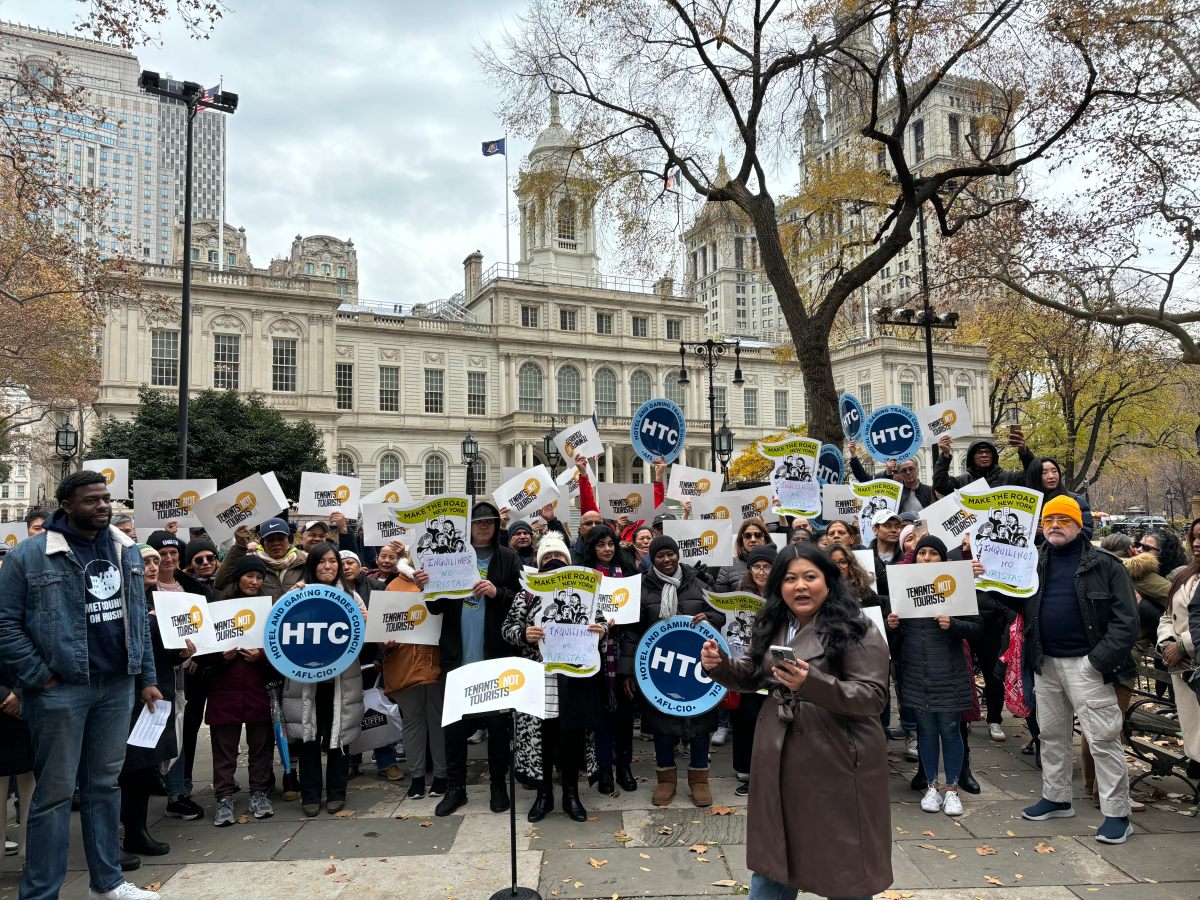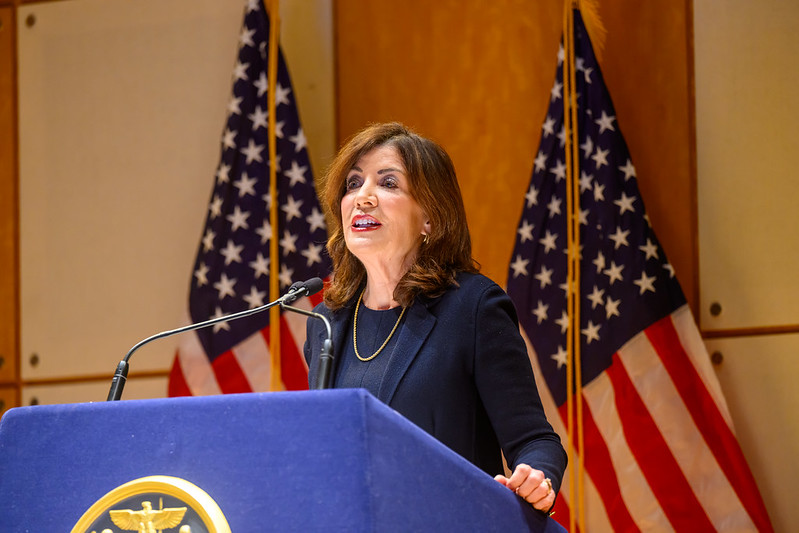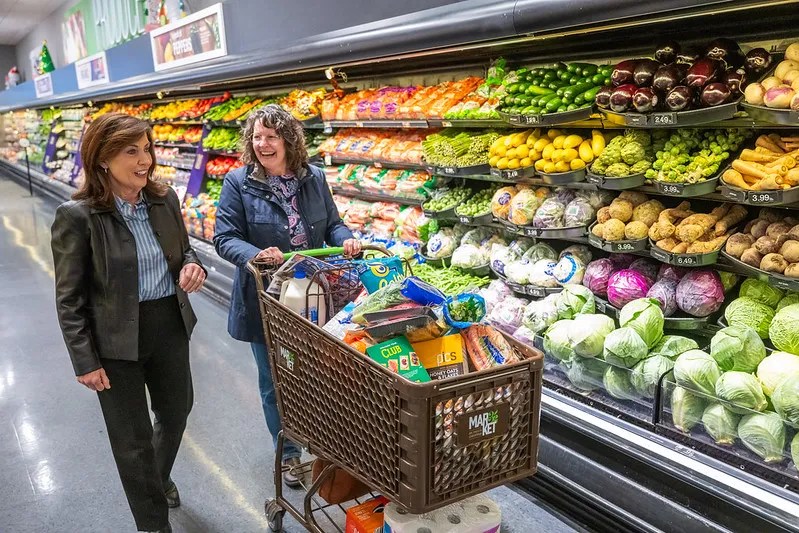By Bill Parry
The NYPD has taken over the management of security at Department of Homeless Services shelters citywide. Nearly 700 DHS peace officers have already been retrained and security plans at all locations have been reviewed and enhancements were made where needed.
NYPD Commissioner James P. O’Neill pointed out that “2016 was the safest year on record in New York City.”
He added, “We will bring our crime-fighting expertise to assist the Department of Homeless Services in making their facilities more secure, with both out management team and the training of peace officers.”
While DHS supervisors have tasers, peace officers will not be armed but were trained to do a better job of keeping weapons out of shelters, defusing tense encounters, dealing with the mentally ill and preventing domestic violence. Mayor Bill de Blasio ordered an NYPD review of DHS security in March.
“The NYPD is among the premier policing and security organizations in the world and having them work with Commissioner Steve Banks to manage security at our homeless shelters will ensure the best possible approach to providing safety for both shelter residents and the neighborhoods where the shelters are located,” de Blasio said.
Last week, NYPD Deputy First Commissioner Benjamin Tucker joined Banks, the head of the Department of Social Services, to announce the program at One Police Plaza. Deputy Chief Edward Thompson will lead the team off 22 NYPD personnel who will oversee all DHS security while analyzing incident data to evaluate risks and inform policy and staffing decisions at shelters.
“DHS’ security plan, including the new key NYPD role, demonstrates our commitment to ensuring the safety and well-being of the individuals and families DHS is entrusted with protecting,” Banks said. “DHS work with the NYPD management team has already resulted in the implementation of critical improvements to the shelter security measures that had been in place for many years.”
Meanwhile, DHS is asking New Yorkers to volunteer for its annual Homeless Outreach Population Estimate, known as HOPE, to assist the agency in estimating the number of people living on the streets, in parks, subways, and other public spaces across the city. HOPE 2017 will held Jan. 23 from 10 p.m. to 4 a.m. and DHS will need a minimum of 3,000 volunteers to collect vital information that will augment the HOME-STAT quarterly nighttime street counts that helped 690 street homeless transition off the streets.
“It’s essential to know how many New Yorkers need our services, and the HOPE count is an important part of that,” Banks said. “Now with the Mayor’s HOME-STAT initiative, we are greatly increasing our outreach program to help bring people in from the streets, and we will have more information about homelessness on the streets going forward.”
The HOPE count began in 2003 with 1,000 volunteers in Manhattan and now covers all five boroughs. Over 3,800 New Yorker volunteered for HOPE 2016, a record total.
Those interested in volunteering should visit www.nyc.gov/
Reach reporter Bill Parry by e-mail at bparr





































